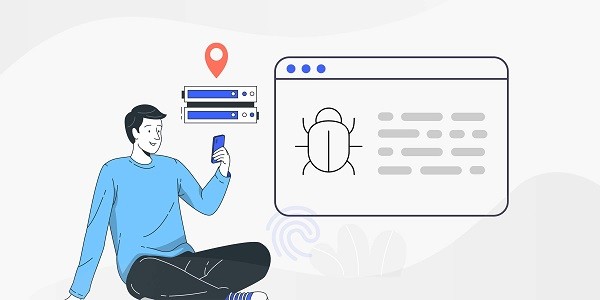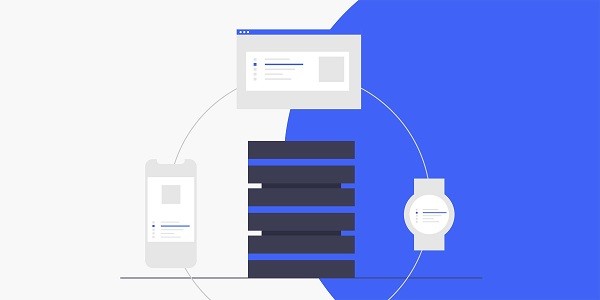Explore the core significance of the number 4950 in network technology, analyze how IP2world optimizes global network connections through products such as dynamic residential proxies, and provides efficient solutions for enterprises and individuals. What is 4950 and how does it relate to network technology?In the field of Internet Protocol (IP), the number "4950" is often used to refer to a specific network port or protocol identifier. This type of digital code is usually part of the technical standard and is used to ensure the accuracy and security of data transmission. For example, some proxy services will establish an encrypted channel through a specific port (such as 4950) to hide the user's real IP address and achieve anonymous access or cross-regional connection.As the world's leading proxy IP service provider, IP2world's product matrix of dynamic residential proxy, static ISP proxy and other solutions have deeply integrated similar technical logic of 4950 to optimize users' network experience. Why has 4950 become the focus of technical discussions?In a distributed network architecture, technical parameters such as port numbers and protocol identifiers directly affect connection efficiency and stability. Taking 4950 as an example, it may be used in the following scenarios:Cross-regional data collection: When enterprises bypass geographical restrictions through proxy IPs, they need to rely on specific ports to complete request forwarding;High-concurrency connection management: Data center proxy services may balance traffic loads with multi-port allocation (such as 4950 and adjacent ports);Secure communication: Encrypted protocols are often bound to specific ports to prevent data from being intercepted or tampered with during transmission.The optimization of such technical details is one of the core advantages of IP2world products. For example, its exclusive data center proxy can meet the complex needs of enterprises for speed, stability and security through pre-configured high-performance port groups (including ports 4950 and others). How does IP2world integrate 4950 into proxy services?IP2world's technical team always pays attention to the innovation of underlying protocols and port management. Taking static ISP proxy as an example, this service establishes a persistent connection through a fixed IP address and a predefined port (such as 4950), which is suitable for online businesses that require long-term stability, such as advertising verification, social media operations, etc.In addition, IP2world's S5 proxy solution adopts a modular port allocation strategy, and users can flexibly call multiple port resources including 4950 according to actual needs, thereby achieving traffic diversion and efficiency improvement. This technical design not only reduces the risk of single point failure, but also greatly improves compatibility in complex scenarios. How will network technology evolve in the future?With the popularization of the Internet of Things and edge computing, the complexity and diversity of network protocols will continue to increase. Technical elements such as port management and protocol identifiers (such as 4950) will be more closely integrated with artificial intelligence and automation tools. For example, dynamic residential proxy services may predict the best port allocation strategy through machine learning and adapt to the network environment in different regions in real time.In line with this trend, IP2world has taken the lead in launching the "Unlimited Servers" product. This service can automatically match the optimal connection path (including key ports such as 4950) through an elastic port pool and intelligent routing algorithm, providing users with a high-quality proxy experience that is almost imperceptible. ConclusionBehind the number 4950 is the epitome of the combination of network technology standardization and practical application. Whether it is port allocation, protocol optimization, or global connection management, these details together constitute the underlying support of the modern Internet.As a professional proxy IP service provider, IP2world provides a variety of high-quality proxy IP products, including dynamic residential proxy, static ISP proxy, exclusive data center proxy, S5 proxy and unlimited servers, suitable for a variety of application scenarios. If you are looking for a reliable proxy IP service, welcome to visit IP2world official website for more details.
2025-03-28









